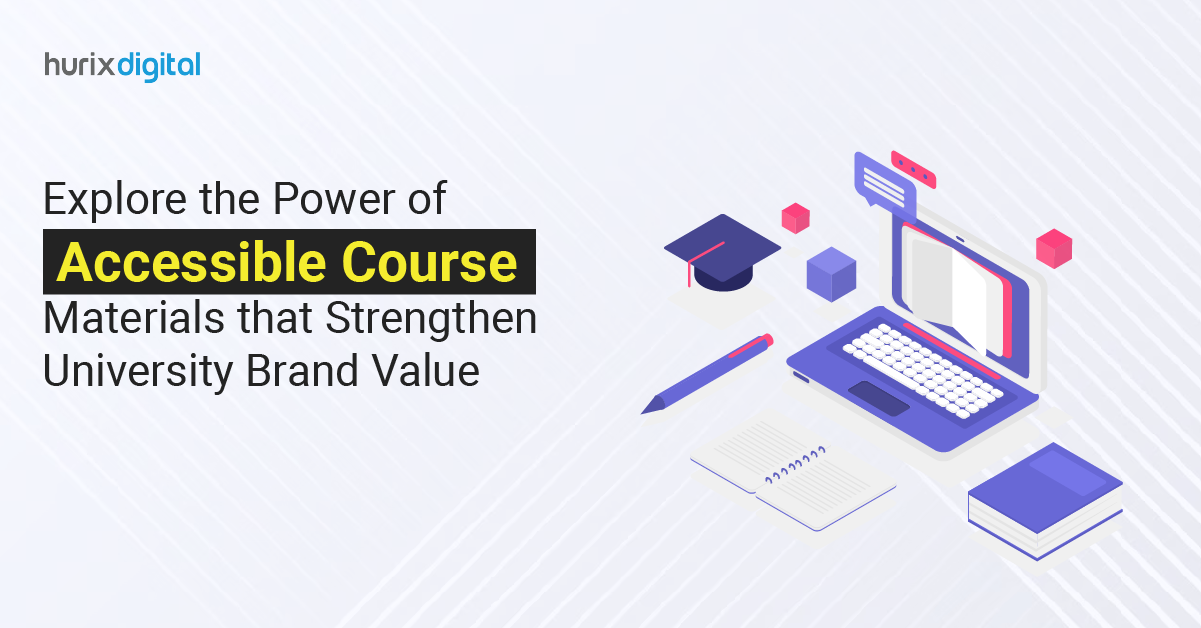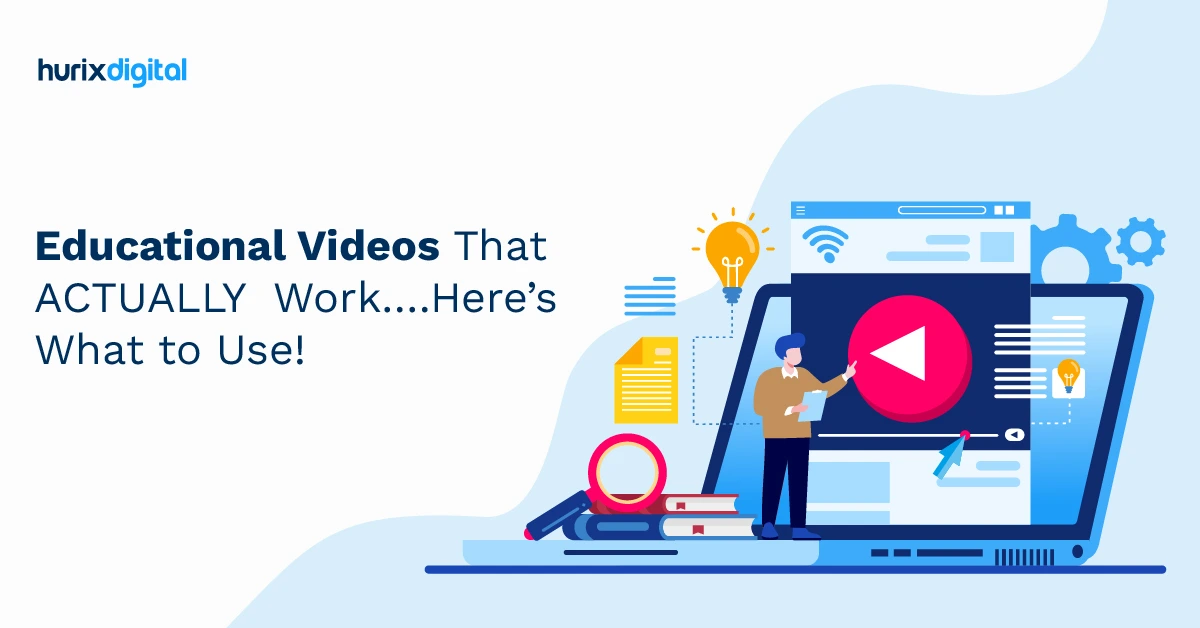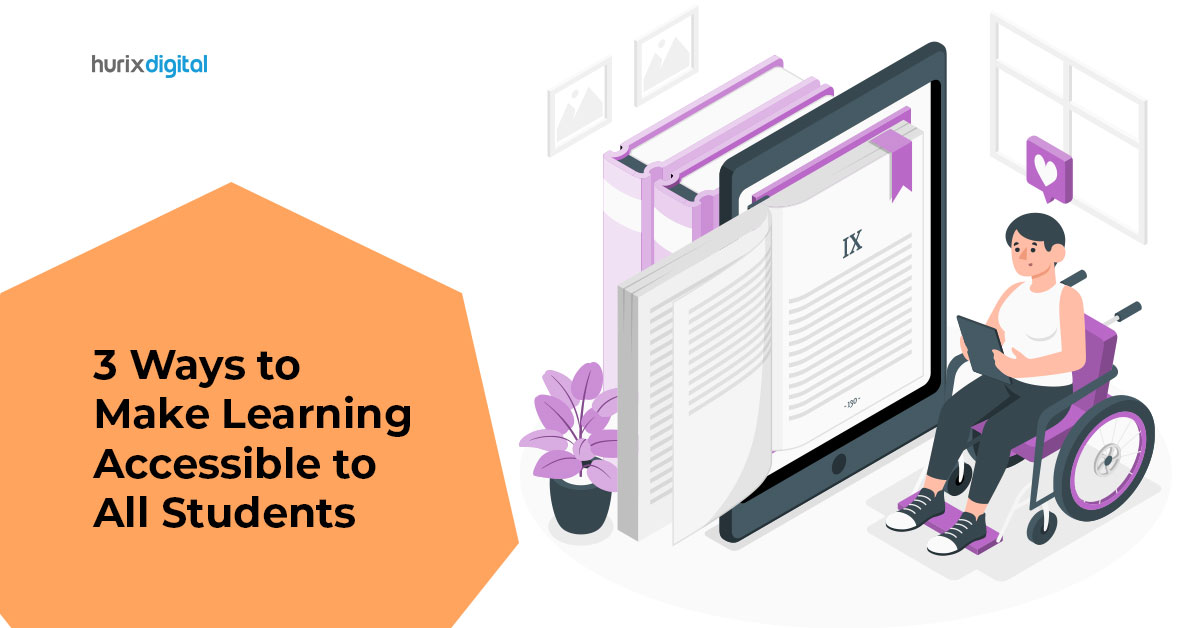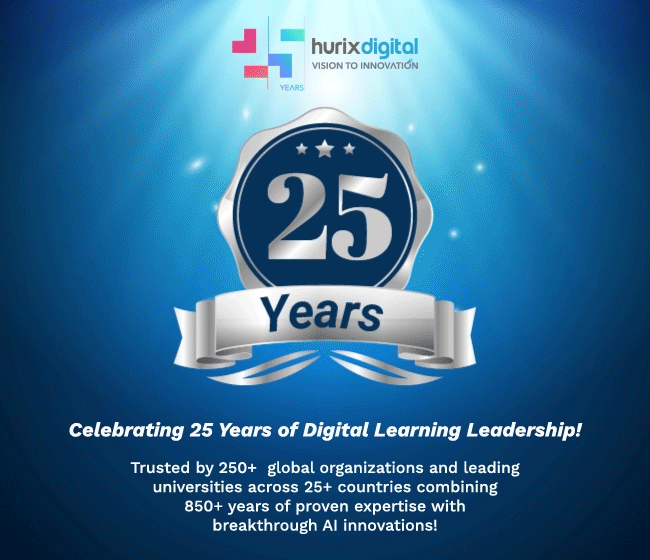
Explore the Power of Accessible Course Materials that Strengthen University Brand Value
Summarize with:
Today, technology can make many things accessible. One of the biggest elements surrounding accessibility is how the learning management systems are revolutionizing. Higher education institutions are creating accessible course materials that are available to students. This process makes it much easier for students and educators to access, source, adapt, and distribute digital versions of learning materials.
Universities continue to employ a range of technological tools-from text-to-speech apps to audio-enhancing receivers-that help make educational content more accessible for students with impaired hearing and vision.
Let us delve further into facts, how accessibility enhances student satisfaction and enhances the brand value of educational institutions!
Table of Contents:
- About Accessibility
- How Accessible Course Materials Improve University Brand Value
- Best Practices for Accommodating Students with Accessible Course Materials
- Conclusion
About Accessibility
Accessibility means providing equal opportunity in the search for knowledge regardless of physical abilities. It finds its place in higher learning institutions by giving access to spaces that exclude barriers to communication for students with disabilities.
Digital accessibility addresses how websites, software, course materials, and other digital platforms are designed to be used by everyone.
Utilizing the support mechanism of accessibility policies, such as assistive technology and different formats of learning, institutions create an environment where all students can succeed academically. Moreover, this would allow universities to expand their brand reputation by embracing the most diverse pool of students ever.
Also Read: Ensuring Accessibility Compliance for Publications in 2024
How Accessible Course Materials Improve University Brand Value
Here are some ways in which higher education institutions can enhance credibility and student satisfaction through inclusivity and accessibility:
1. Accessibility Allows Open Access
Open access to course materials means equal opportunities for students with disabilities and a commitment to the philosophy of inclusion. It is an attractive option for prospective students and faculty, as well as partners who share such values.
2. Better Academic Success and Retention
Accessible course materials allow students with all types of needs to participate more fully and improve academic performance and retention. A university that supports the success of all students obtains a reputation for being nurturing and effective in the teaching environment. This is highly valued by prospective students and academic peers.
3. Reaching a Broader Audience
Accessible course materials expand the reach of a university, drawing international, non-traditional, and students with different learning preferences. It is all about making content available through multiple formats and languages. This ensures a greater and more diverse global student population, which strengthens the image of a university as an inclusive one.
4. Promotes Technological and Pedagogical Innovation
The investment in accessible course materials complements the investment in advanced technologies and teaching methods. Universities promoting such innovations boast of a reputation as one of the leading pioneers in education. They are quite appealing to students who are quite keen on studying through new approaches.
5. Strengthens Stakeholder Relationships
By catering to the needs of students and faculty through accessible material access, universities can create better alumni, stakeholder, and partner relationships. They are easily encouraged to give support to institutions that show they can care for and respond well to their communities.
6. Legal and Ethical Standards
The process of meeting these accessibility standards is a legal obligation as well as an ethical responsibility. The universities that meet and/or exceed these become trustworthy and ethical leaders in the higher education sphere. This would avoid legal challenges, ensure student satisfaction, and enhance credibility for such higher learning institutions.
Best Practices for Accommodating Students with Accessible Course Materials
According to research, higher education institutions are incorporating strategies in plain language, visual aids, and assistive technology. The objective is to make the learning environment more supportive for all students.
Flexibility and openness to individually adjust to needs can ensure that every student has the opportunity to excel to his or her full capacity. Here are some key ways in which accessible course materials enhance student satisfaction and promote inclusivity:
1. Accessible Technology and Resources
Examples of the solutions technology can provide for such students include text-to-speech applications, screen readers, and modern learning programs. Course materials are offered in accessible formats, including textbooks and Internet access, in Braille or large print. Translation provides captioning and dubbing, hence allowing wider access and inclusion.
2. Usage of eLearning Platforms
Digital platforms are a common medium for entertainment and learning. Inclusion must make sure information is available to all, including those with disabilities. Ensuring equal opportunities for people with physical or cognitive difficulties is very important in digital accessibility within eLearning platforms. It consists of using some strategies like simple language, keyboard-friendly design, high-contrast color, and the right font size, for example.
3. Subtitling and Transcription
Subtitles and transcripts ensure content access for audiences who have hearing impairments or struggle to comprehend spoken language. Subtitles not only describe the text of spoken dialogue but also help the viewer with situational sounds.
Transcription can convert the spoken content to written text and may assist those in situations where speech is not easy to decipher. Both tools are priceless in making them more accessible for eLearning platforms.
4. Creating Accessible Course Material Content
Making accessible course content creates equal opportunity and access to higher education for students with disabilities. The content should be clear, well-organized, and easy to access. Ensure that the content creators structure the course materials in a way that every student can access the content.
5. Dubbing and Audio Description
Other powerful tools that can help enhance the accessibility of eLearning include dubbing and audio descriptions. Dubbing means when the original audio is replaced with the translated content to help non-native speakers. Audio descriptions are the spoken details of the visual content so that audiences with visual impairments can understand it.
6. Accessible Learning Tools
Whenever learning tools are selected, their compatibility with assistive technologies such as screen readers is particularly critical. The more easily modifiable the tool to accommodate different needs, the easier it will be for students possessing a broad range of technical skills.
7. Accessible Teaching and Assessments
Educators are crucial in promoting inclusivity in learning environments through accessible teaching methods and assessment practices. This implies allowing for multiple formats of materials, captioning, and audio transcripts and making the actual assessment methods adaptable to diverse needs. Such training of faculty is essential to success regarding making accommodations understood and implemented.
8. Following WCAG guidelines
The most important goal is to maintain structure, such as headers, alternative text for images, and page breaks, to facilitate access for students with disabilities. Guidelines like WCAG 2.0 exist to assist in making web content accessible. Guidelines like these support the developer in resolving inaccessibility issues or provide the concrete checkpoints needed to meet the norms at three different levels of compliance.
Also Read: 7 Tips on Creating a Seamless User Experience in Online Education Platforms
Conclusion
The inclusion of accessibility within university course materials and learning programs should not be about mere compliance but part of the strategic development of an institution’s reputation.
Emphasizing inclusivity means showing that there is a commitment to academic excellence and innovation. This initiative enhances the standing of an institution in the highly competitive educational landscape. Accessibility within higher education institutions should be nothing short of being prioritized on all three levels: physical, digital, and communication.
Partner with experts at Hurix Digital and promote the continuous process of accessibility. This will help institutions commit themselves to their legal and ethical promise of providing a more inclusive playing education for all students.
Get in touch with us today!
Summarize with:

Vice President – Content Transformation at HurixDigital, based in Chennai. With nearly 20 years in digital content, he leads large-scale transformation and accessibility initiatives. A frequent presenter (e.g., London Book Fair 2025), Gokulnath drives AI-powered publishing solutions and inclusive content strategies for global clients
 We’re live! Explore the all-new
We’re live! Explore the all-new 




